Homemade air conditioner suitable for 3D printing Modelo de Impressão 3D
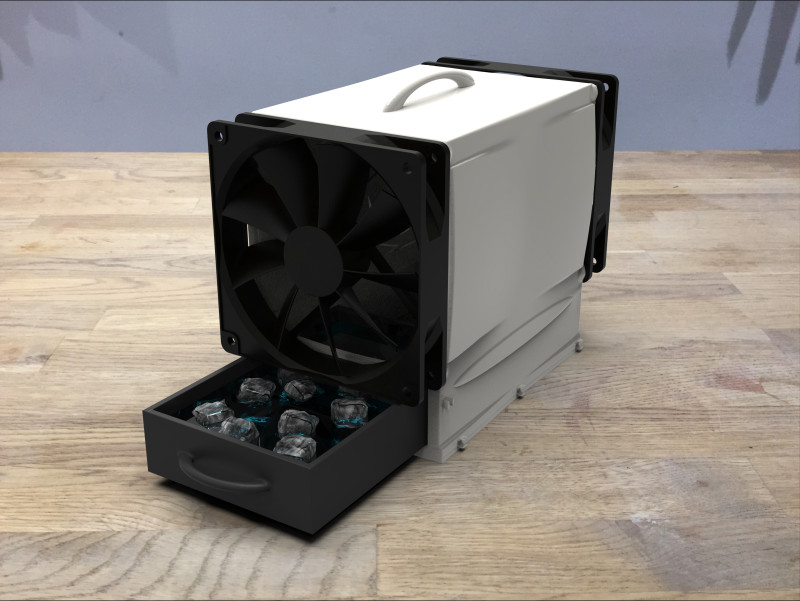
- Formatos disponíveis: Stereolithography: stl 32.67 MB
- Coleção:
- Largura em milímetros:122
- Altura em milímetros:168
- Profundidade em milímetros:173
- Pronto para impressão:
- Scan 3D:No
- Conteúdo adulto:No
- PBR:No
- Treinamento de IA:No
- Visualizações:681
- Data: 2024-07-24
- ID do Item:518467
- Avaliação:
3D Printable Air Conditioner Model - Stay Cool During Hot Summer Days
This 3D model is an effective air conditioner system designed to cool your room during hot summer days. You can use it with 1 or 2 120mm fans according to your preference. The printable model consists of two parts:
-Air Conditioner Main Body
-Cold Water and Ice Container
Features and Usage Instructions:
-For efficient operation, the cold water or ice should be placed in the container, and the fans should be mounted in the same direction. This setup pulls air from outside, cools it inside, and provides you with a refreshing airflow. -If desired, the inside of the air conditioner main body can be fully lined with aluminum foil. This enhances the efficiency of the air conditioner and delays the melting of the ice inside.
3D Printer Compatible:
This model is specifically designed for 3D printing. Additionally, low poly versions of the model are available for use in games or cinematic scenes. File formats: STL, OBJ, FBX, MAYA
Polygons
-For Game: 53.139
-For 3d Printing: 329.807
Dimensions:
-Air Conditioner Main Body: 122x168x173 mm
-Cold Water and Ice Container: 97 x 167 x 32 mm
Leia maisThis 3D model is an effective air conditioner system designed to cool your room during hot summer days. You can use it with 1 or 2 120mm fans according to your preference. The printable model consists of two parts:
-Air Conditioner Main Body
-Cold Water and Ice Container
Features and Usage Instructions:
-For efficient operation, the cold water or ice should be placed in the container, and the fans should be mounted in the same direction. This setup pulls air from outside, cools it inside, and provides you with a refreshing airflow. -If desired, the inside of the air conditioner main body can be fully lined with aluminum foil. This enhances the efficiency of the air conditioner and delays the melting of the ice inside.
3D Printer Compatible:
This model is specifically designed for 3D printing. Additionally, low poly versions of the model are available for use in games or cinematic scenes. File formats: STL, OBJ, FBX, MAYA
Polygons
-For Game: 53.139
-For 3d Printing: 329.807
Dimensions:
-Air Conditioner Main Body: 122x168x173 mm
-Cold Water and Ice Container: 97 x 167 x 32 mm
Precisa de mais formatos?
Se precisar de um formato diferente, por favor abra um novo Support Ticket e solicite isso. Podemos converter modelos 3D para: .stl, .c4d, .obj, .fbx, .ma/.mb, .3ds, .3dm, .dxf/.dwg, .max. .blend, .skp, .glb. Não convertemos cenas 3D e formatos como .step, .iges, .stp, .sldprt.!
Se precisar de um formato diferente, por favor abra um novo Support Ticket e solicite isso. Podemos converter modelos 3D para: .stl, .c4d, .obj, .fbx, .ma/.mb, .3ds, .3dm, .dxf/.dwg, .max. .blend, .skp, .glb. Não convertemos cenas 3D e formatos como .step, .iges, .stp, .sldprt.!


 English
English Español
Español Deutsch
Deutsch 日本語
日本語 Polska
Polska Français
Français 中國
中國 한국의
한국의 Українська
Українська Italiano
Italiano Nederlands
Nederlands Türkçe
Türkçe Português
Português Bahasa Indonesia
Bahasa Indonesia Русский
Русский हिंदी
हिंदी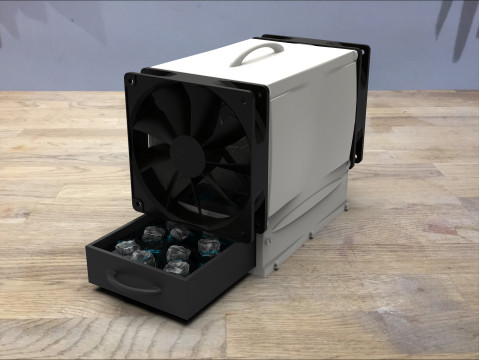
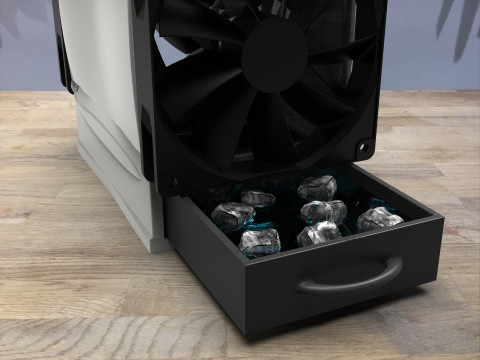
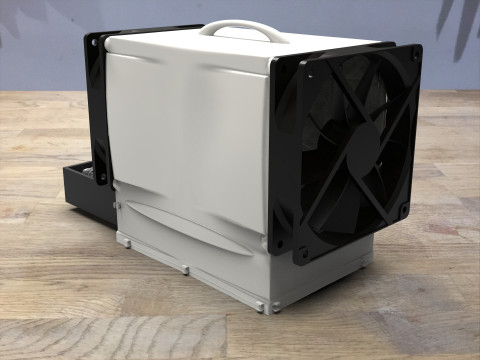
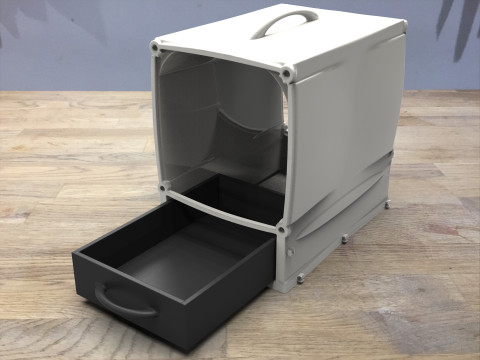
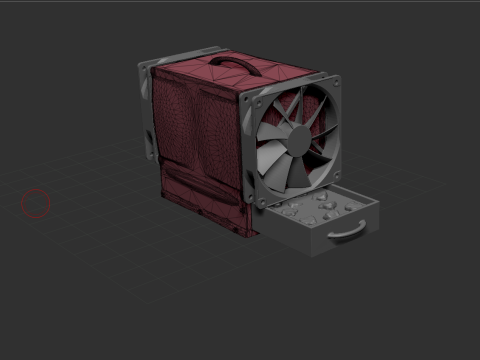



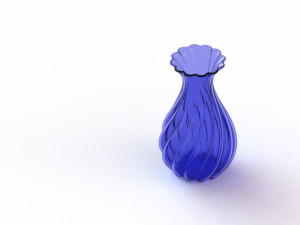
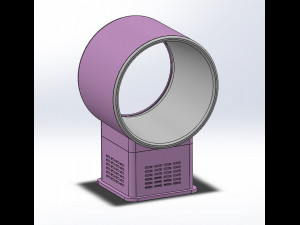
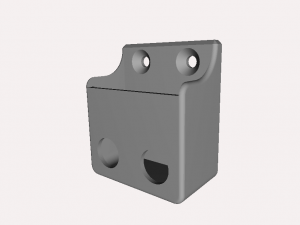

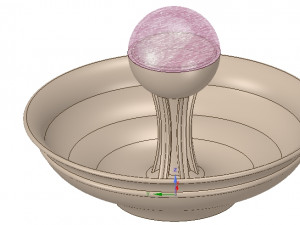
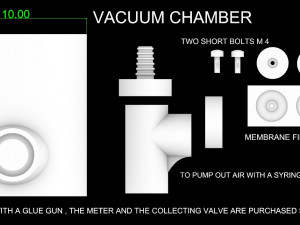


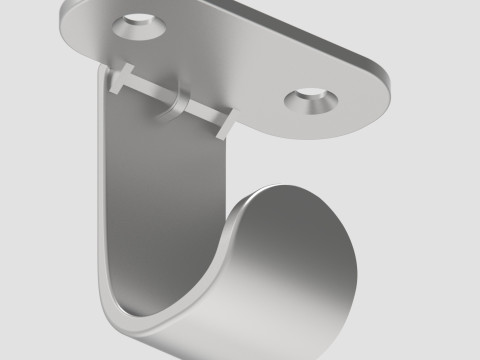
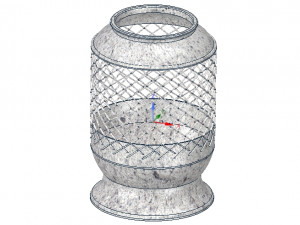
Home Builder To start, design a compact unit with a fan, cooling element, and housing that can be printed using a 3D printer. The fan can be powered by a small motor, and the cooling element can be as simple as a heat exchanger or a container for ice or cold water. The 3D-printed housing should be designed to hold these components securely while allowing for optimal airflow. Ensure that the design includes vents for air intake and exhaust to maximize cooling efficiency. Once printed, assemble the components, connect the fan to a power source, and add ice or cold water to start the cooling process. This DIY approach not only offers a fun project for 3D printing enthusiasts but also provides an accessible way to create a personalized air conditioning solution.